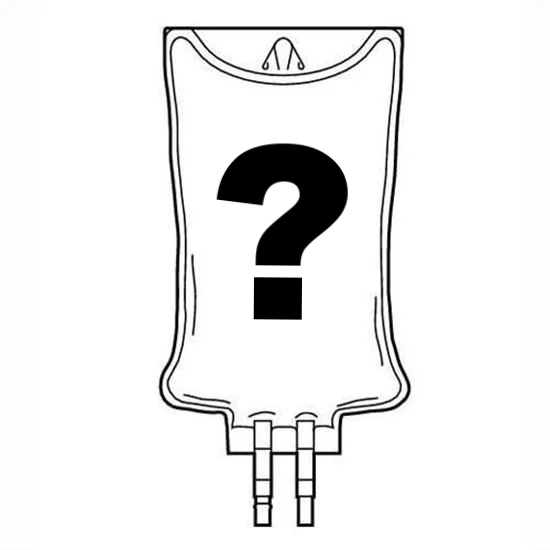Epinephrine in Out of Hospital Cardiac Arrest - The PARAMEDIC-2 Trial
/In this blog post and podcast we take a look at the PARAMEDIC-2 trial and discuss the implications this study has on the use of epinephrine in out of hospital cardiac arrest.
Read More



















